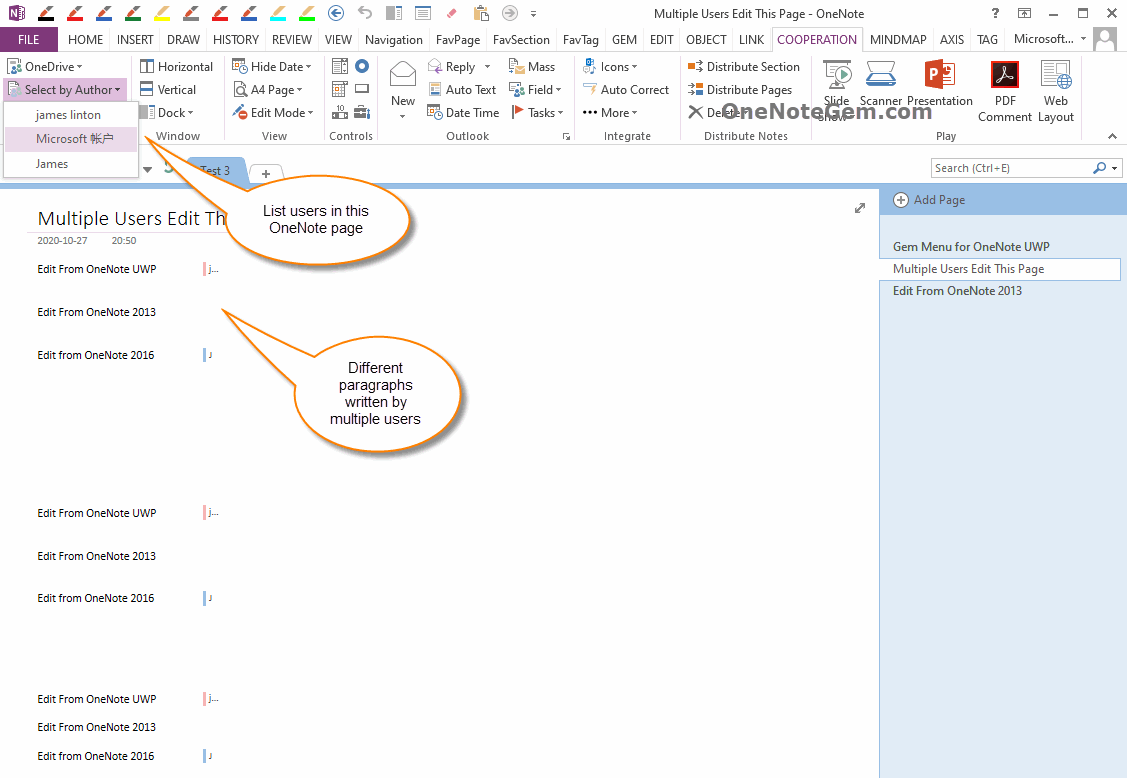

It is the longest section of the dance punctuated with the most complex and difficult movements. Varnam - The center piece of the performance. Shabdam - The dancing is accompanied by a poem or song with a devotional or amorous theme. Here the dancer displays her versatility in elaborate footwork and graceful movements of the body. Jatiswaram - An abstract dance where the drums set the beat. Ganapati Vandana - A traditional opening prayer to the Hindu god Ganesh, who removes obstacles.

Kautuvam - Ancient temple dance item performed in the beginning of the recital, containing rhythmic syllables sung for jathis. This really is sort of an invocation to the gods to bless the performance. Allarippu - A presentation of the Tala punctuated by simple syllables spoken by the dancer. Thattukuzhi and mannai are baton and plank used to keep rhythm.Ī Bharata Natyam performance lasts about two hours and includes six or more of the following parts: Eye movements (Drishti bhedas): Sama, Alolita, Sachi, Pralokita, Nimilite, Ullokita, Anuvritta, Avalokita (who looks down Neck movements (Griva bhedas): Sundari, Tirashchina, Parivartita, Prakampita Head movements (Shiro bhedas): Sama, Udhvahita, Adhomukha, Alolita,Dhutam, Kampitam, Paravruttam, Utkshiptam and Parivahitam. While Natya Shastra contains the largest number of the movements, and the most detailed descriptions, Abhinaya Darpanam, for instance, has defined only nine head movements, four neck movement and eight eye movements (compared with 36 of Natya Shastra) which are used extensively throughout the dance. Unlike the margi Nritta composed of the Karanas, the adavus do not convey any rasa.īharata Natyam technique includes many other elements, such as elaborate neck and eye movements. A combination of adavus is called jathis, which make up the Nritta passages in a Bharata Natyam performance. Few professional dancers use more than 60. Most schools recognize 108 principal adavus, while some styles include over 150.

It was codified and documented as a performing art in the 19th century by four brothers known as the Tanjore Quartet whose musical compositions for dance form the bulk of the Bharata Natya repertoire even today. Its inspirations come from the sculptures of the ancient temple of Chidambaram. The dance is usually accompanied by classical Carnatic music. Bharata Natyam (Tamil: பரத நாட்டியம்) is a classical dance form from the South Indian state of Tamil Nadu, practiced predominantly in modern times by women.


 0 kommentar(er)
0 kommentar(er)
